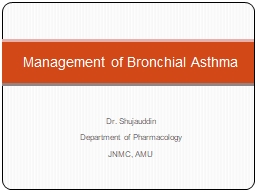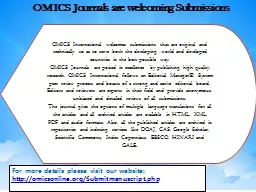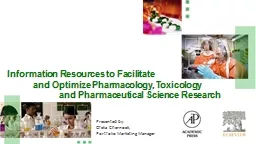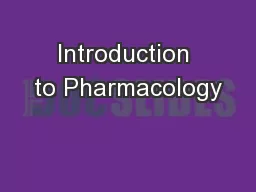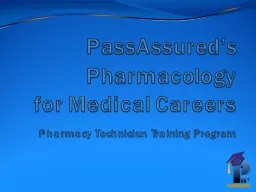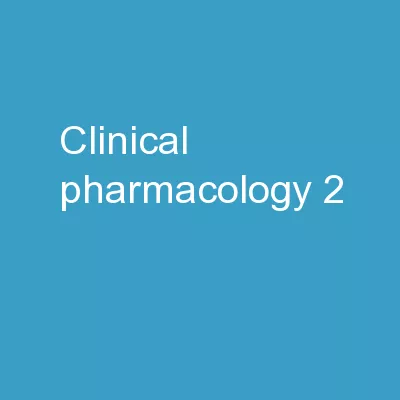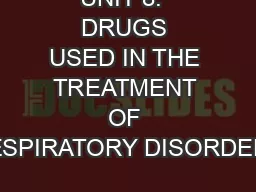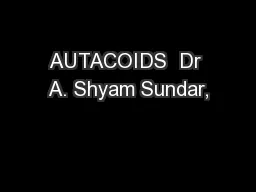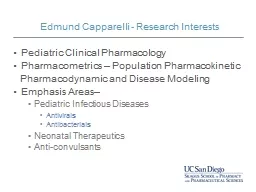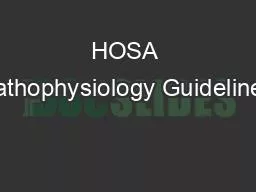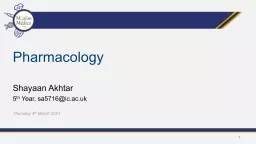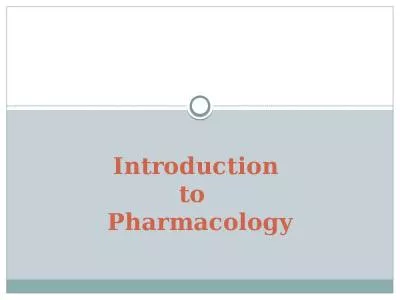PPT-Dr. Shujauddin Department of Pharmacology
Author : wilson | Published Date : 2023-05-22
JNMC AMU Management of Bronchial Asthma Introduction Asthma is a chronic inflammatory disorder of the airways that is characterized clinically by recurrent
Presentation Embed Code
Download Presentation
Download Presentation The PPT/PDF document "Dr. Shujauddin Department of Pharmacolog..." is the property of its rightful owner. Permission is granted to download and print the materials on this website for personal, non-commercial use only, and to display it on your personal computer provided you do not modify the materials and that you retain all copyright notices contained in the materials. By downloading content from our website, you accept the terms of this agreement.
Dr. Shujauddin Department of Pharmacology: Transcript
Download Rules Of Document
"Dr. Shujauddin Department of Pharmacology"The content belongs to its owner. You may download and print it for personal use, without modification, and keep all copyright notices. By downloading, you agree to these terms.
Related Documents

